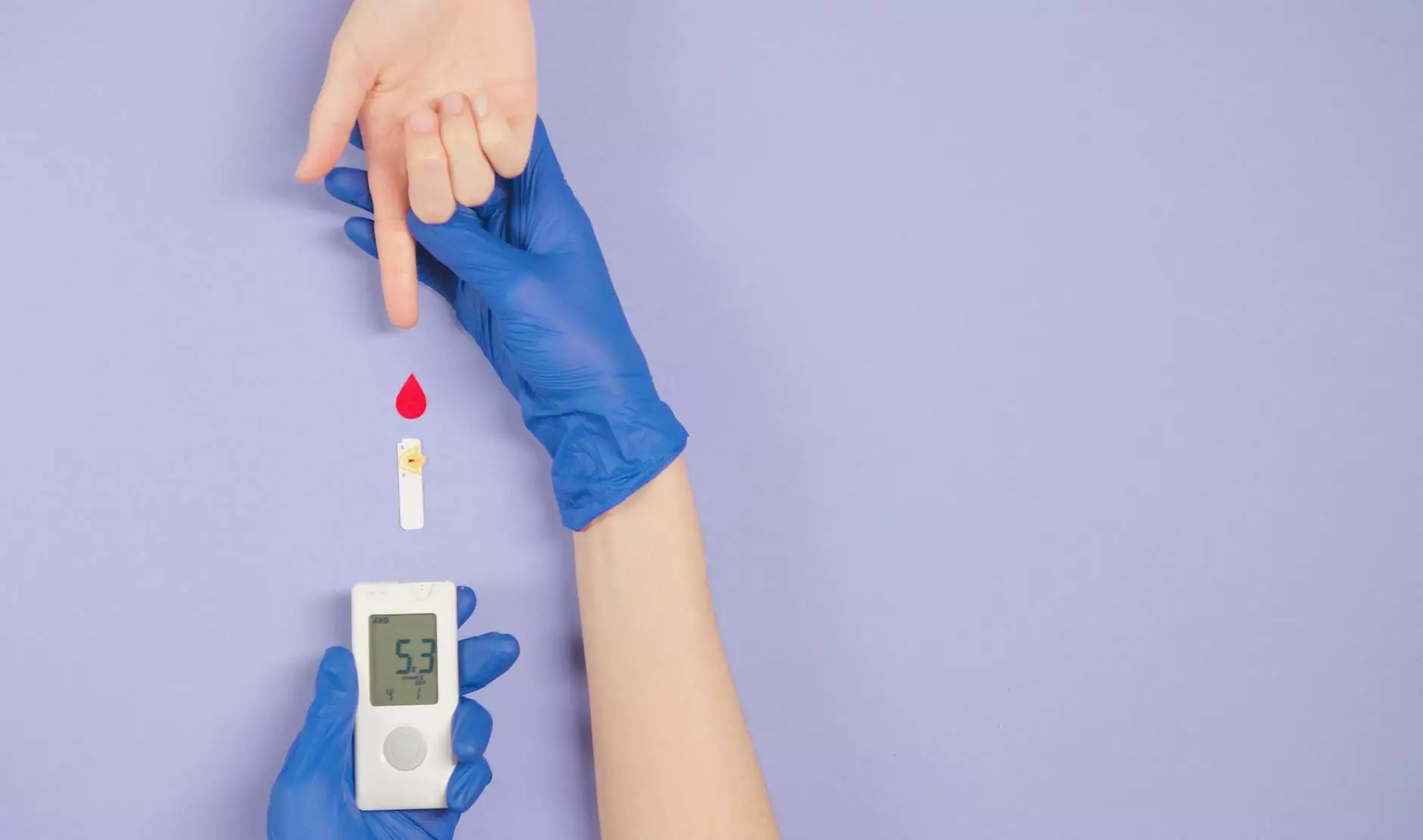Understanding Blood Clots in Legs: What You Need to Know

What Are Blood Clots?
Blood clots are gel-like clumps of blood that form when blood changes from a liquid to a solid. They serve an essential function in the body by preventing excessive bleeding when injuries occur. However, they can also pose serious health risks if they form inappropriately, especially in the legs.
Understanding Blood Clots in Legs
When blood clots form in the veins of the legs, a condition known as Deep Vein Thrombosis (DVT) can occur. This is a serious condition that requires immediate medical attention as it can lead to severe complications, such as pulmonary embolism.
Signs and Symptoms
Recognizing the symptoms of blood clots in legs is crucial. Common symptoms of DVT include:
- Swelling in one leg, typically below the knee.
- Pain that may feel like cramping or soreness.
- Red or discolored skin on the affected leg.
- Warmth in the area of the clot.
Not everyone with DVT will exhibit these symptoms. In fact, some individuals may be asymptomatic, which makes it challenging to diagnose without medical help.
Causes of Blood Clots in Legs
Blood clots can form due to various reasons. Understanding these can help mitigate risks:
- Immobility: Extended periods of immobility, such as long flights, bed rest, or sitting for extended durations, may increase the risk of clot formation.
- Injury: Trauma to a leg vein can trigger the clotting process.
- Surgery: Surgical procedures, particularly those on the legs, hips, or abdomen, raise the risk.
- Medical Conditions: Certain conditions like cancer, heart disease, or previous instances of DVT can predispose individuals to blood clots.
- Hormonal Factors: Birth control pills and hormone replacement therapy may contribute to clot risk.
- Genetic Factors: Inherited clotting disorders can significantly increase susceptibility.
Risk Factors for Blood Clots
Several risk factors contribute to the likelihood of developing blood clots in the legs. These include:
- Age: Individuals over the age of 60 are at a higher risk.
- Obesity: Excess body weight places pressure on veins in the pelvis and legs.
- Family History: A family history of blood clots can increase individual risk.
- Smoking: Tobacco use can affect blood circulation and clotting.
- Pregnancy: Women who are pregnant are at a higher risk due to hormonal changes.
Diagnosis of Blood Clots in Legs
If DVT is suspected, healthcare providers will conduct various tests to confirm the diagnosis. Common diagnostic methods include:
- Doppler Ultrasound: This imaging test uses sound waves to visualize blood flow in the veins.
- CT or MRI Scans: These imaging techniques provide detailed images of the blood vessels.
- Blood Tests: The D-dimer test measures substances released when a blood clot breaks up.
Treatment Options for Blood Clots in Legs
Treating blood clots in the legs is crucial to prevent serious complications. Available treatment options include:
Medications
Prescription medications are commonly used to treat DVT:
- Anticoagulants: These blood thinners help prevent the clot from growing and reduce the risk of new clots forming. Common examples include warfarin and heparin.
- Thrombolytics: These are powerful medications used to dissolve clots, typically reserved for severe cases.
Compression Stockings
Compression stockings help reduce swelling and lower the risk of further clots by providing consistent pressure to the legs.
Inferior Vena Cava (IVC) Filter
An IVC filter is a small, spider-like device placed in the inferior vena cava to catch blood clots before they can travel to the lungs.
Active Lifestyle Modifications
Encouraging lifestyle changes, such as regular exercise, maintaining a healthy weight, and avoiding prolonged sitting, can help mitigate the risk of developing blood clots.
Preventing Blood Clots in Legs
Preventive measures are essential to reduce the risk of developing blood clots. Here are some effective prevention strategies:
- Stay Active: Regular physical activity helps improve circulation.
- Hydrate: Drinking plenty of fluids keeps blood circulating properly.
- Avoid Smoking: Quitting smoking enhances blood circulation and vascular health.
- Wear Compression Stockings: These help prevent swelling and promote blood flow in high-risk individuals.
- Post-Surgery Precautions: Follow your surgeon's advice regarding mobility after surgeries.
Conclusion
Understanding the risks, symptoms, and treatment options for blood clots in legs is essential for maintaining vascular health. Individuals with risk factors should be particularly vigilant and consult healthcare providers for regular check-ups. By embracing preventive measures, the incidence of blood clots can be significantly reduced, leading to better overall health and well-being.
For expert consultation on vascular concerns, including blood clots, reach out to Truffles Vein Specialists. Our team of professionals is dedicated to providing individualized care and effective treatments for all vascular health needs.
© 2023 Truffles Vein Specialists. All rights reserved.
blood clots legs








